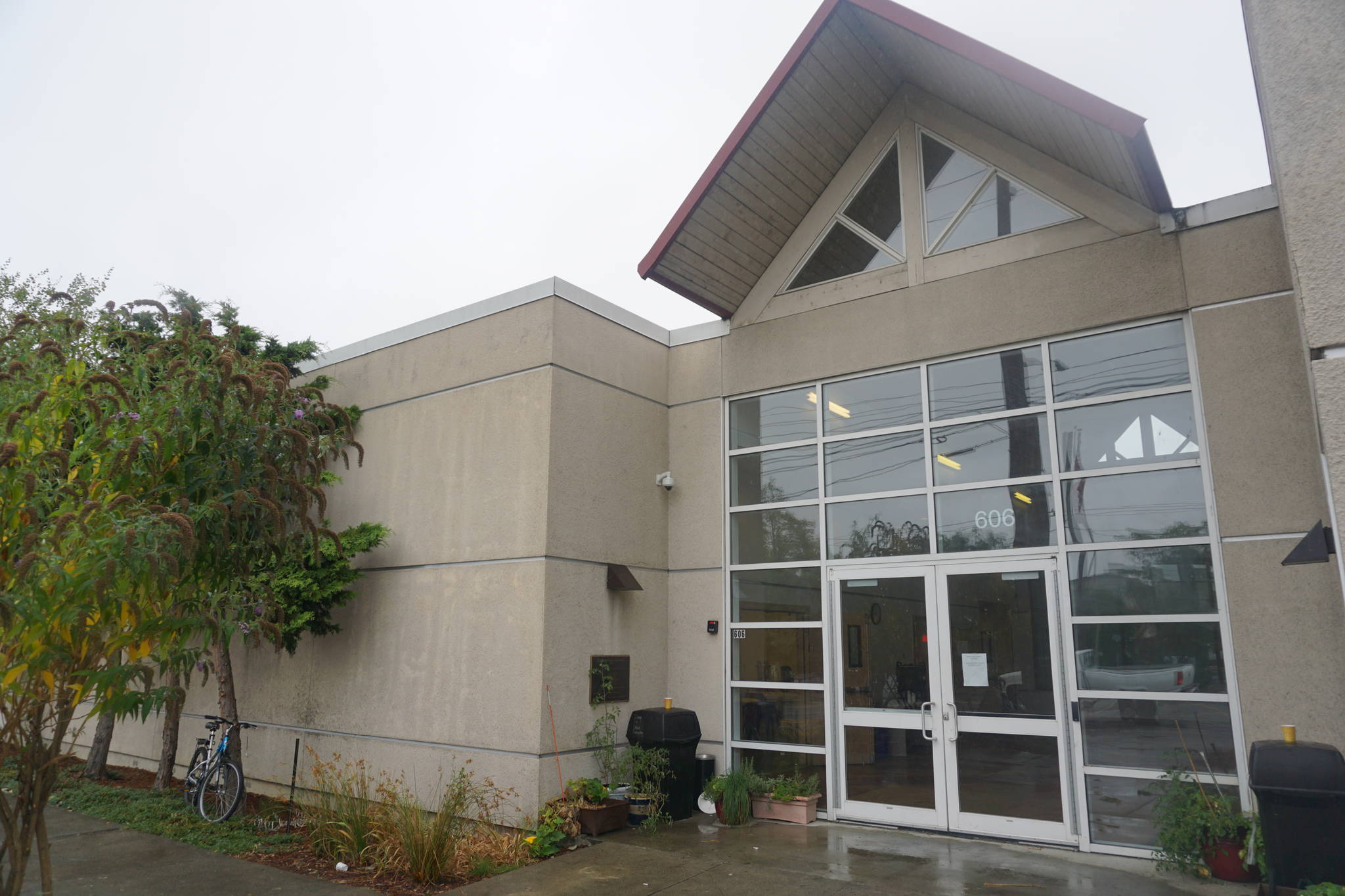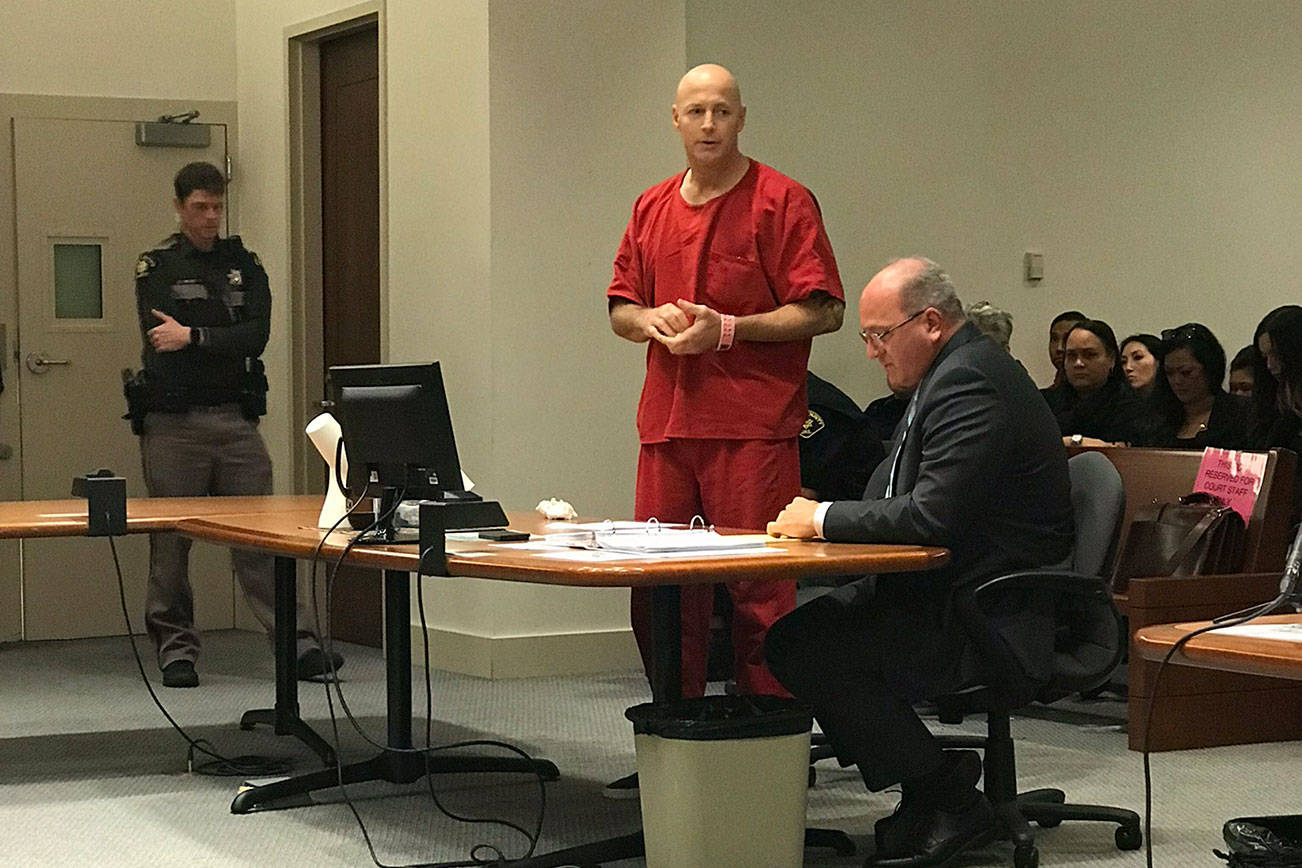During last November’s contentious city budget negotiations, the Seattle City Council cut funding for an additional outreach team to connect individuals in unsanctioned homeless encampments throughout the city with available shelter and other services. The allocation—originally proposed by former interim Mayor Tim Burgess in his 2018 budget—would have doubled the size of the city’s current homeless outreach team, known as the Navigation Team.
But while critics applauded the cut as a prudent decision, proponents of the Navigation Team have been questioning the wisdom of the decision. Now that a new administration is getting settled into the seventh floor of City Hall, the question remains as to whether funding for another team will further or hinder attempts to reduce the number of Seattleites living without proper shelter.
The additional team, as Burgess proposed it, would have been primarily dedicated to contacting individuals living in cars and mobile homes. “The Navigation Team was working very well and was being very effective in their one-on-one contact with people in unauthorized encampments,” Burgess said. “We also had an increasing number of people living in vehicles … the idea was that we would establish a second team and their primary—but not exclusive—focus would be vehicle campers.”
Launched in early 2017, the Navigation Team was spearheaded by former Mayor Ed Murray and his public safety policy advisor, Scott Lindsay, as a response to public outrage over the city’s strategy of dismantling unsanctioned encampments. Homeless advocates argued that the city lacked sensitivity with its “sweeps” of encampments, which provided little prior notice to encampment residents and resulted in destabilizing effects of the clean-ups. Meanwhile, some neighborhood activists and business owners decried the emergence of more homeless encampments throughout the city, pressuring Murray to ramp up the sweeps.
Consisting of 22 personnel (nine police officers, eight social workers, and administrative staff), the Navigation Team conducts outreach in advance of the city’s sweeps and provides input on which camps should be prioritized for clean-up based on their conditions. Factors the team considers include the presence of health hazards (like rat infestations and loose hypodermic needles) and the physical location of the camp (e.g. whether it is on a slope or near a school). Encampment residents are offered advice on how to keep camps clean enough to avoid the city’s standards for justifying a closure, and are connected to available beds in existing shelters—primarily the city’s new Navigation Center, a 75-bed low-barrier emergency shelter with case management services that opened last summer in the Little Saigon neighborhood.
But the team has yielded mixed results. Per a report on the Navigation Team compiled by the City Auditor, only 32 percent of the 499 people contacted by the team between Feb. 20 and May 5 of last year took referrals to alternate living arrangements (shelters, sanctioned tent encampments, or permanent housing).
“The Navigation Team is working remarkably well as compared to everything else we’ve done, and the numbers, I think, reflect that,” said Scott Lindsay, who left City Hall when Mayor Murray resigned. He argued that the team offers a dramatic improvement to the city’s on-the-streets approach to homelessness. In contrast, the city allegedly only funded roughly one outreach worker during 2014 and 2015, according to Lindsay. “It’s not perfect but it’s a 180 turn from where we started.”
Both Lindsay and Burgess argued that the team’s current 22-person staff isn’t enough to effectively engage with Seattle’s growing homeless population.
“City folks just said, ‘Look, we need a second team to not just increase capacity in general, but to deal with this specific issue [of individuals and families living in vehicles]’,” said Burgess.
In addition to personnel who engage people in the encampments, Lindsay said he believed the team needed more “back end” administrative staff who could work the phones and develop relationships with shelter providers to streamline the referral process.
The decision to axe the funding came out of the turmoil during the city council’s budget negotiation process. Then Budget Chair Councilmember Lisa Herbold (District 1–West Seattle) had built the budget on with the assumption that a proposed tax on big businesses would pass. After the council voted down the tax plan, the council scrambled to balance the budget. The final package did not include the roughly $900,000 for the Navigation Team expansion that Burgess had proposed.
Herbold also said that the council didn’t invest in a new team because the existing Navigation Team did not have a reporting mechanism for generating outcomes and benchmarks and “accountability measures to meet those outcomes.” As such, a budget action (sponsored by Herbold) was included in the 2018 budget that directs the Department of Finance and Administrative Services (FAS)—the department that oversees the daily operations of the Navigation Team—to meet and conduct internal assessments of the Navigation Team’s constitution, performance, and goals and report back to council on a specified timeline.
“After the Navigation Team has a reporting mechanism with outcomes and accountability to meet those outcomes in place, I would support the council evaluating future funding for another Navigation Team,” she wrote.
While the council didn’t fund an additional navigation team, it did vote to include an action in the 2018 budget that would move transfer operational management of the Navigation Team from the FAS to the Human Services Department. The move came despite a joint recommendation from the directors of both departments to keep the team at FAS.
“It was very disappointing to me that council cut the Navigation Team from the budget,” Lindsay said. “The council needs to own a big part of that and I would encourage Mayor Durkan to quickly help clean this up and create a real showing of support that the Navigation Team is a tool that we will continue to invest in.”
“[The Navigation Team] has been facing a lot of scrutiny, but not a lot of support from City Hall or council,” Lindsay added. “[Council] didn’t allocate the funding during the budget process and decided to tinker with structure against the advice of the department heads and the executives. … It gets my blood up.”
In a statement, Mayor Jenny Durkan, who recently met with the Navigation Team staff, indicated that she supports funding an additional Navigation Team. “I said throughout the campaign that I thought having a second Navigation Team would be a good idea, and I still think that’s the case,” she said. “Our Navigation Team is doing extremely important work in very difficult circumstances. Over the upcoming weeks and months, I want to ensure our Navigation Teams are matched up with the right resources across the city, so they are referring people to the most appropriate shelters as well as services.”
Alison Eisinger, Chair of the Seattle/King County Coalition on Homelessness and longtime critic of the city’s policy on homeless encampments, agrees with the funding cut.
“I think it was a wise decision to hold off,” she said, arguing that without an abundance of investments in affordable housing and emergency shelter, there is only so much that outreach workers can do to get people off the streets permanently. “In the absence of housing, indoor shelter, and additional shelter alternatives, the tiny houses, and tent cities, it is extremely limited in how effective an outreach team will be.”
Eisinger said that city funding is further limiting the capacity of the system to absorb referrals from the Navigation Team, citing former Mayor Burgess’s move to refocus the $34 million in human service provider funding from “mats-on-the-floor” emergency shelters to those that offer “enhanced shelters” like the Navigation Center. However, as reporting has shown, individuals rarely transition into permanent housing from the Navigation Center.
“The limiting factor [of the navigation team] has always been the answer to the question ‘outreach to where?’” Eisinger said. “And if we have fewer resources in the new year, we have to think about how we are using [money getting invested in the Navigation Team].”
Lemke agrees with Eisinger’s criticism that the team has limitations in its long-term effectiveness given the lack of housing resources. “The issue is that there’s frankly not enough affordable permanent housing out there for folks. … The team can only do so much.”
news@seattleweekly.com









